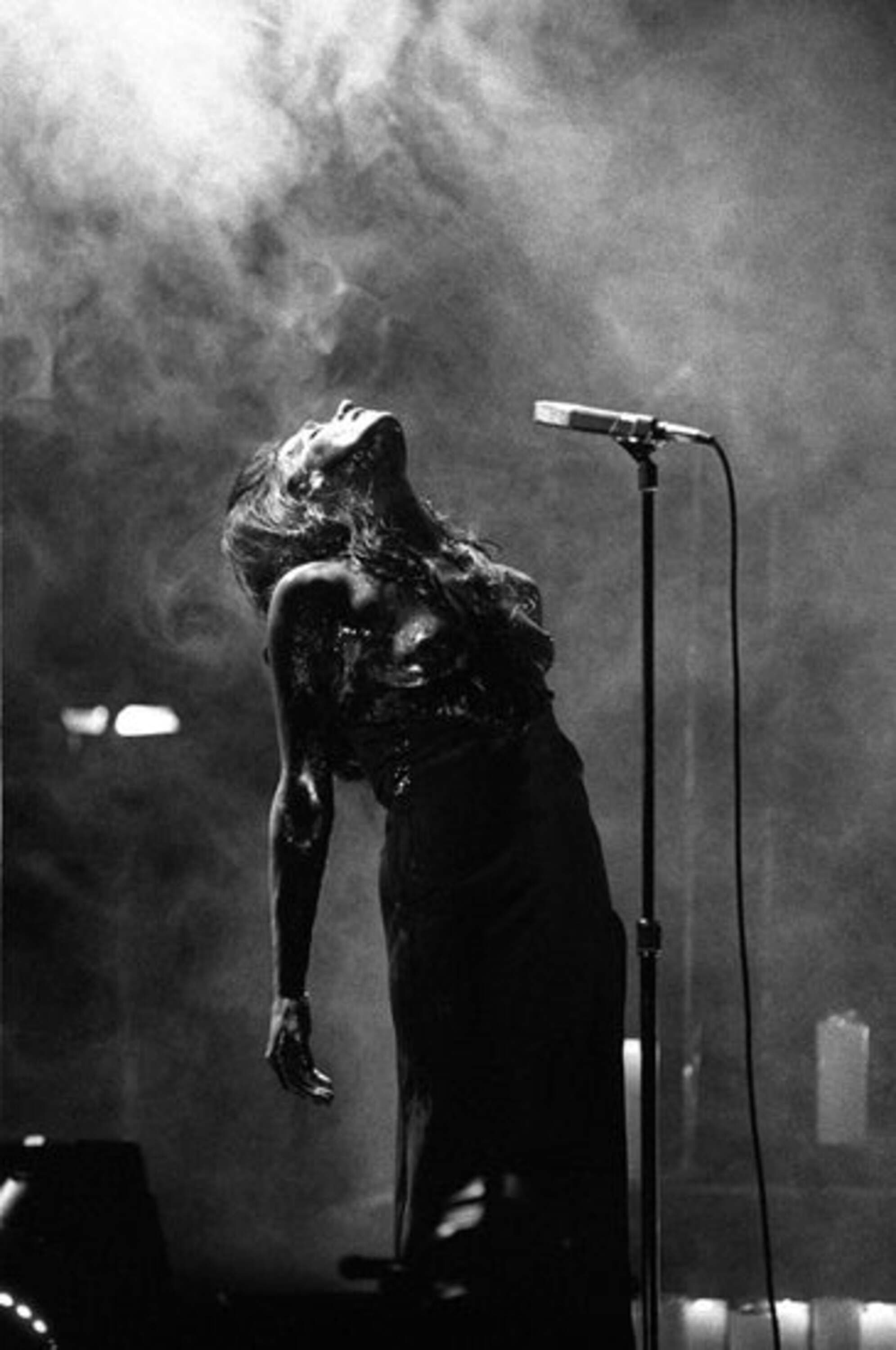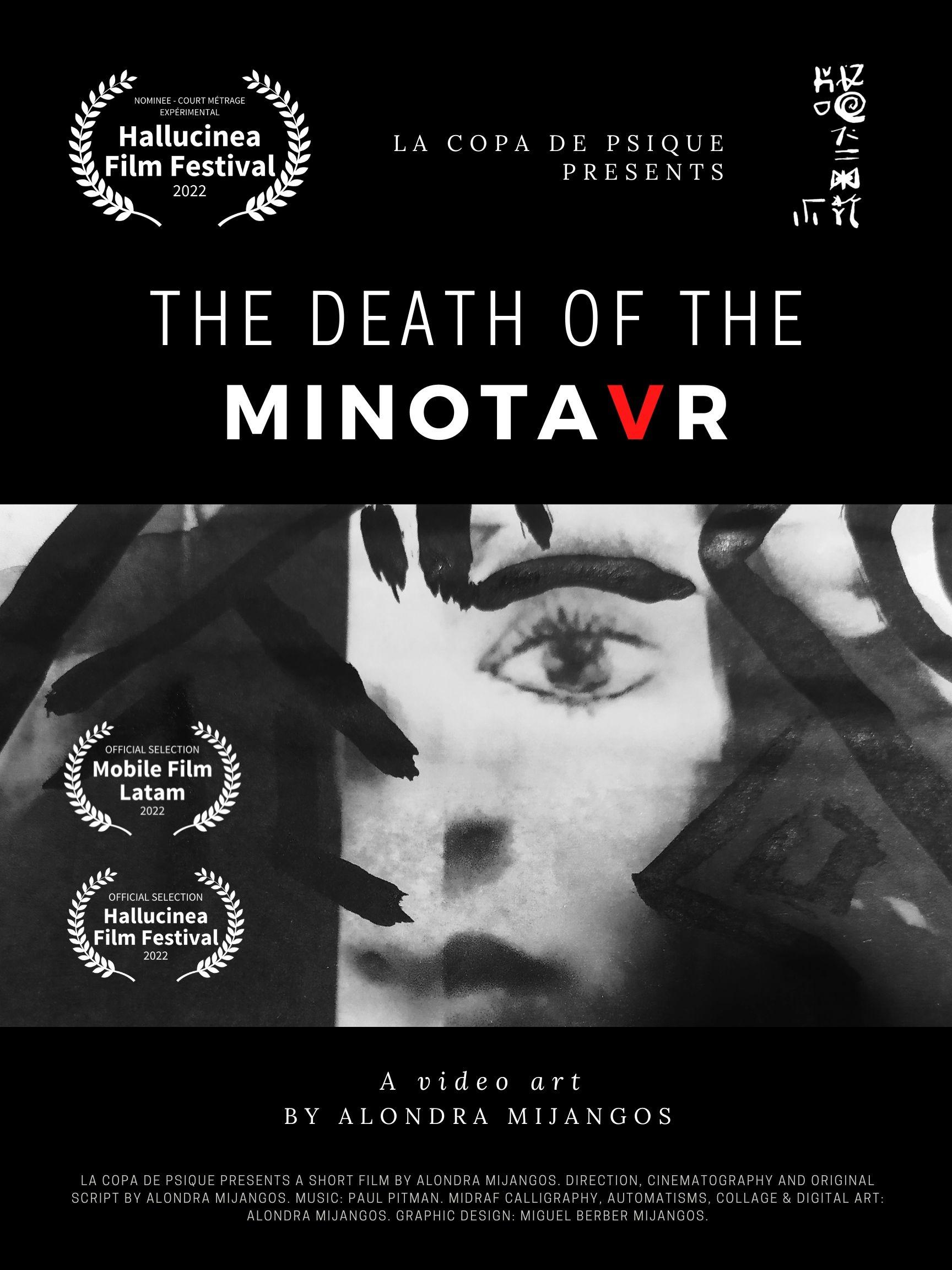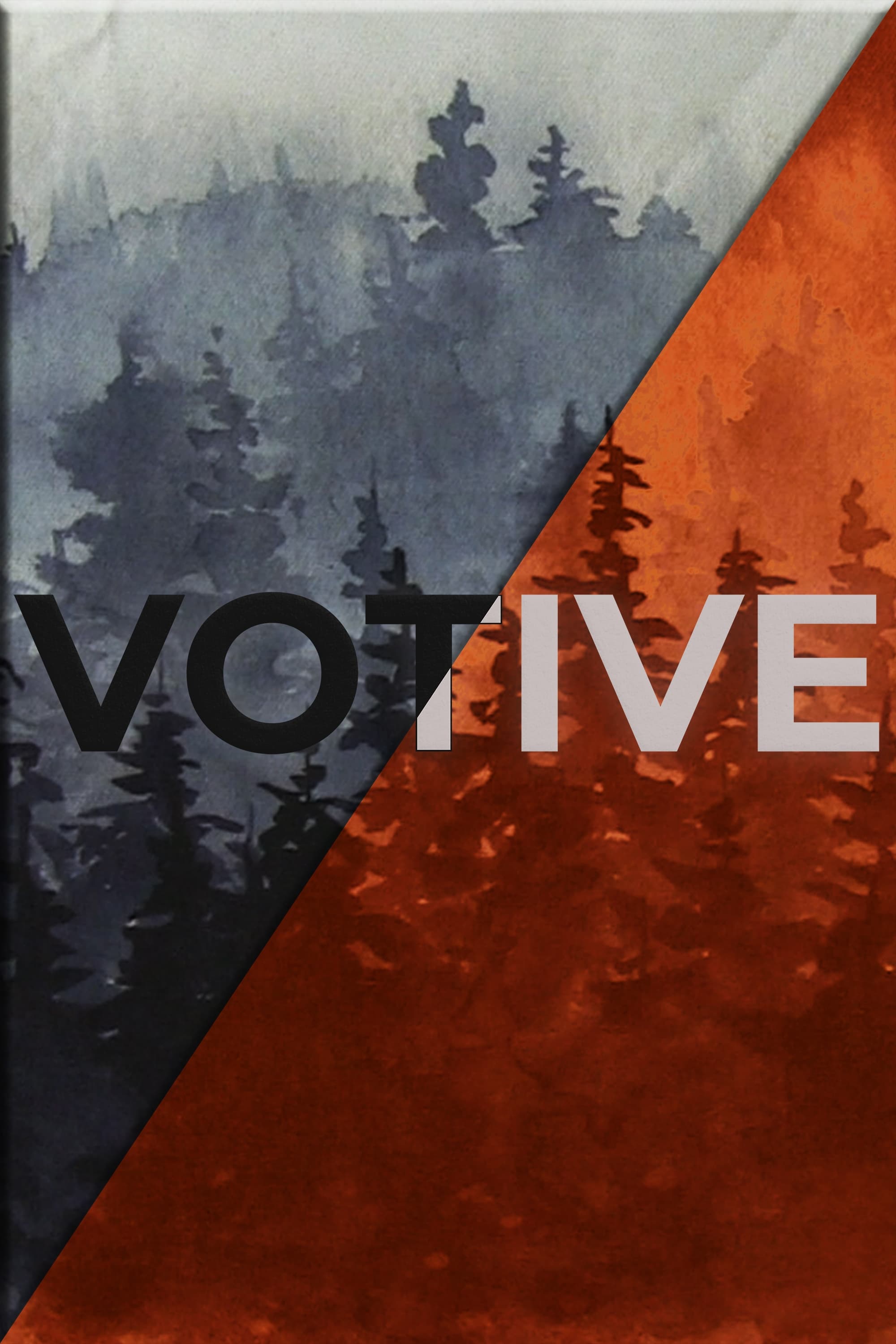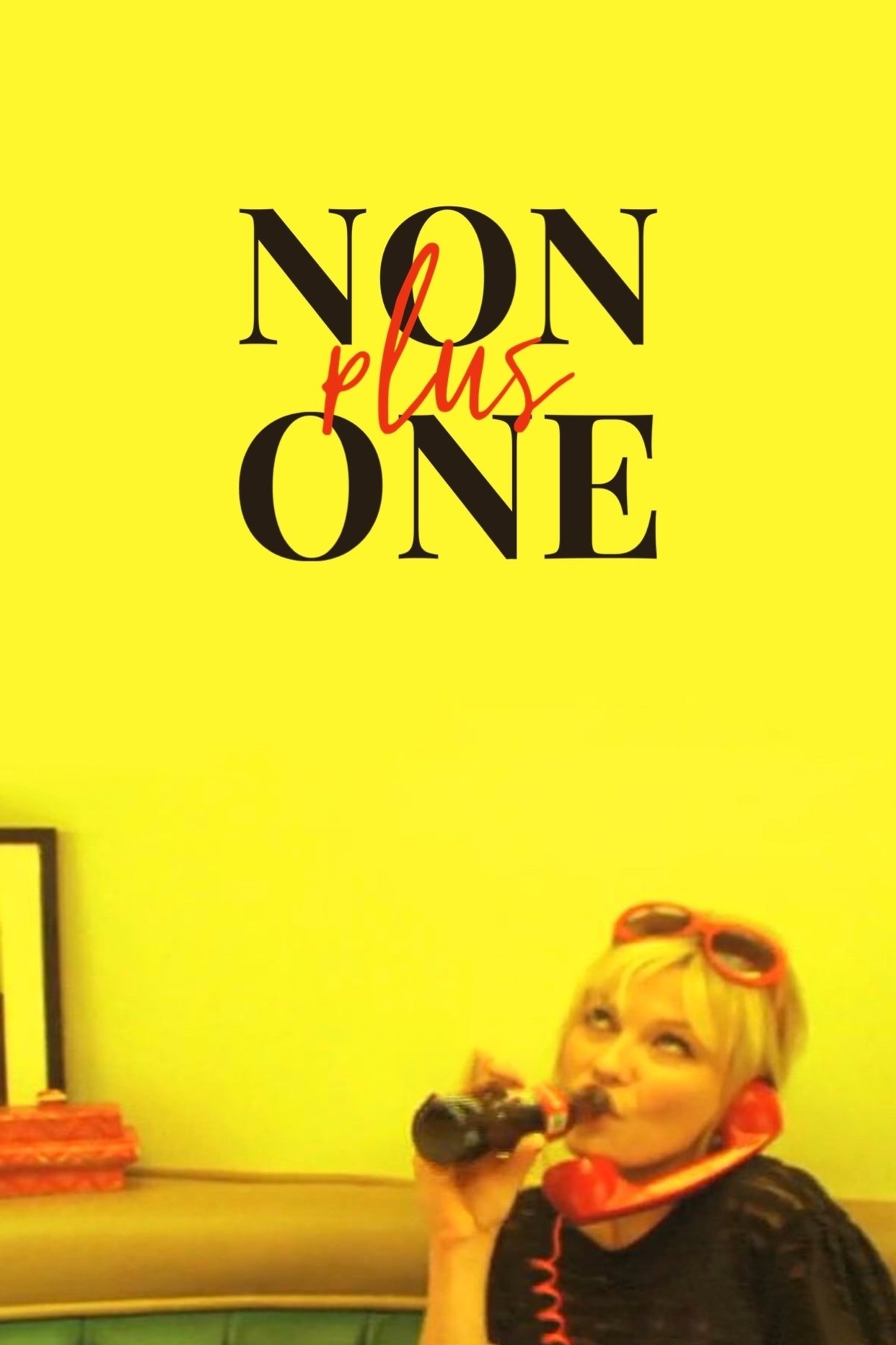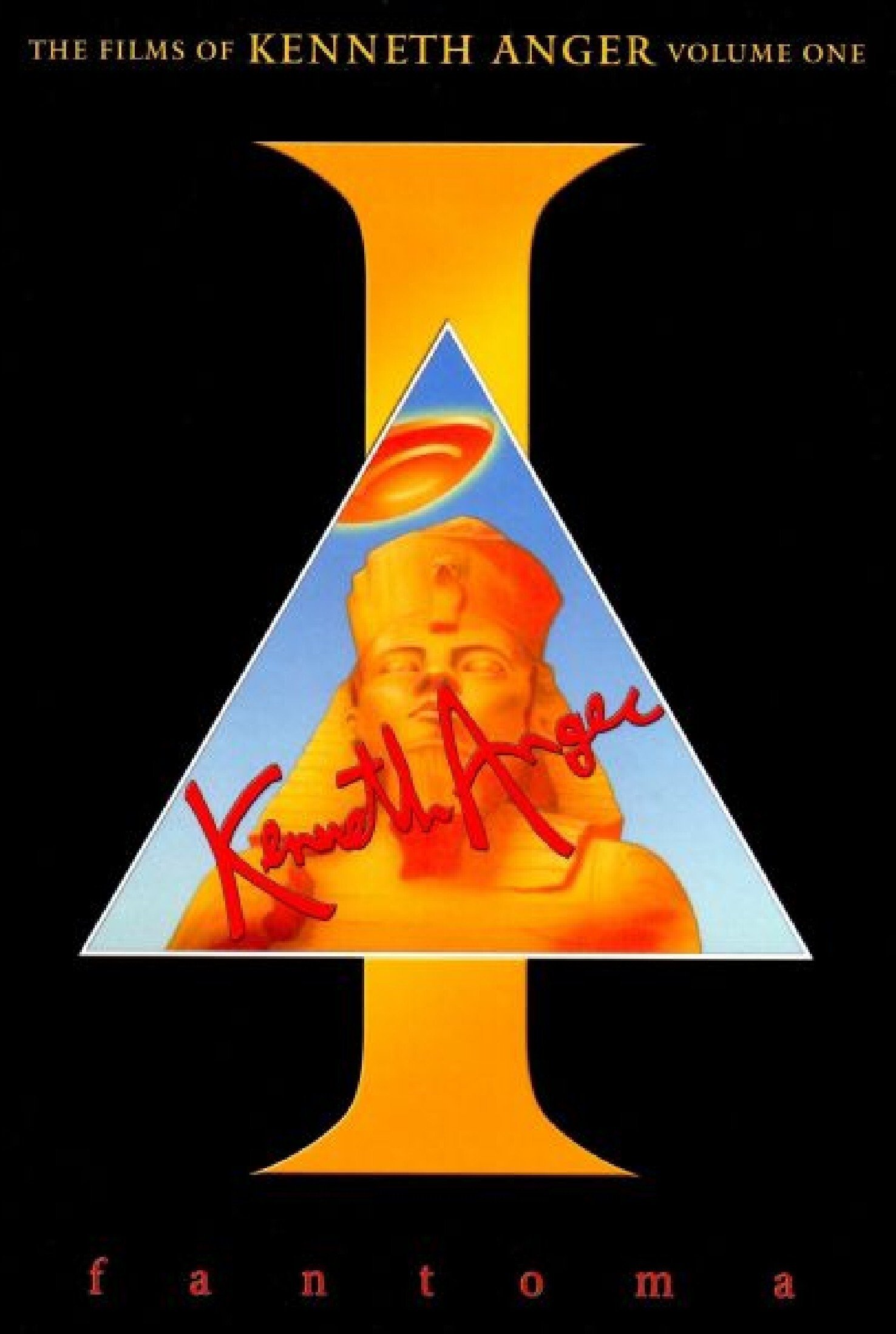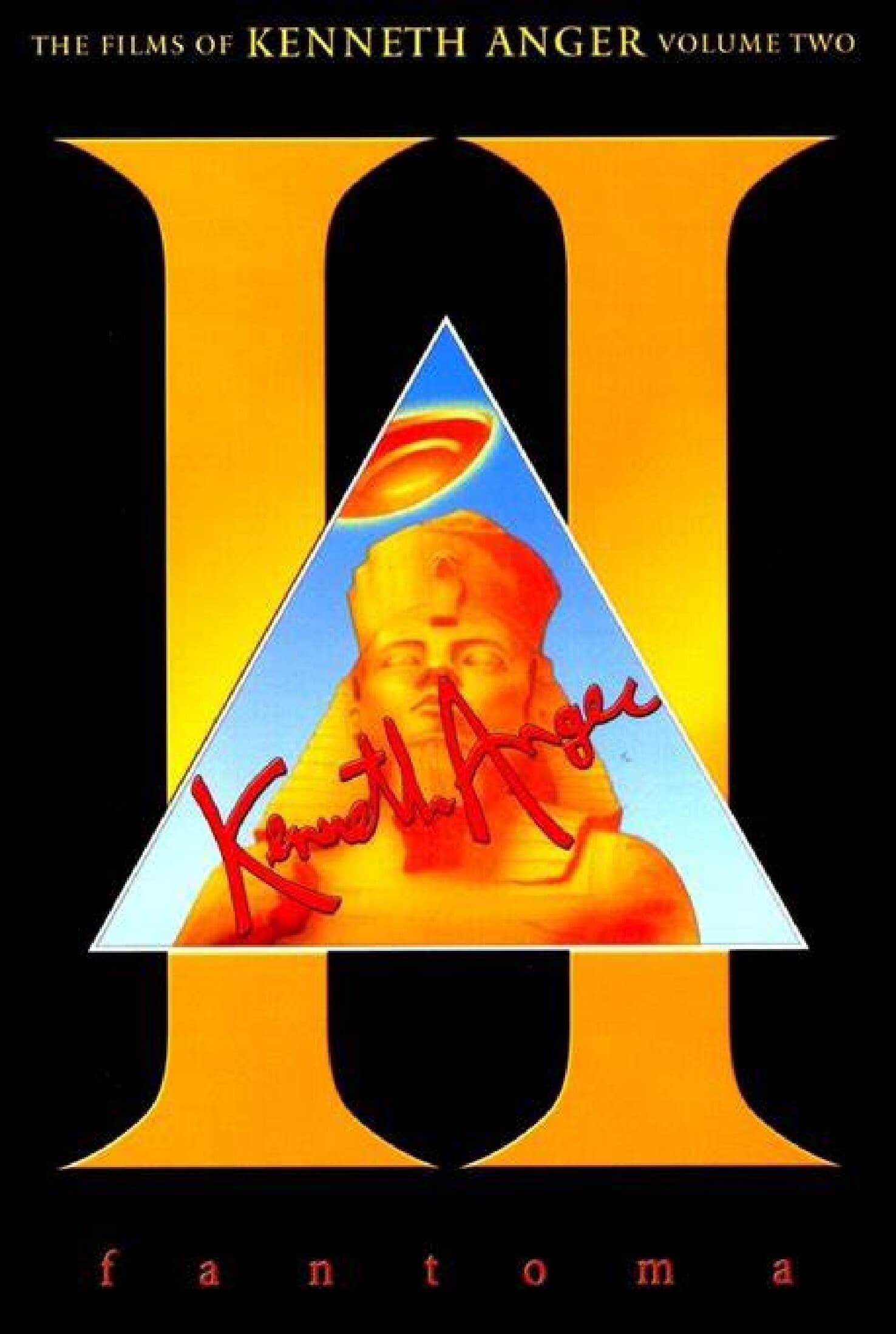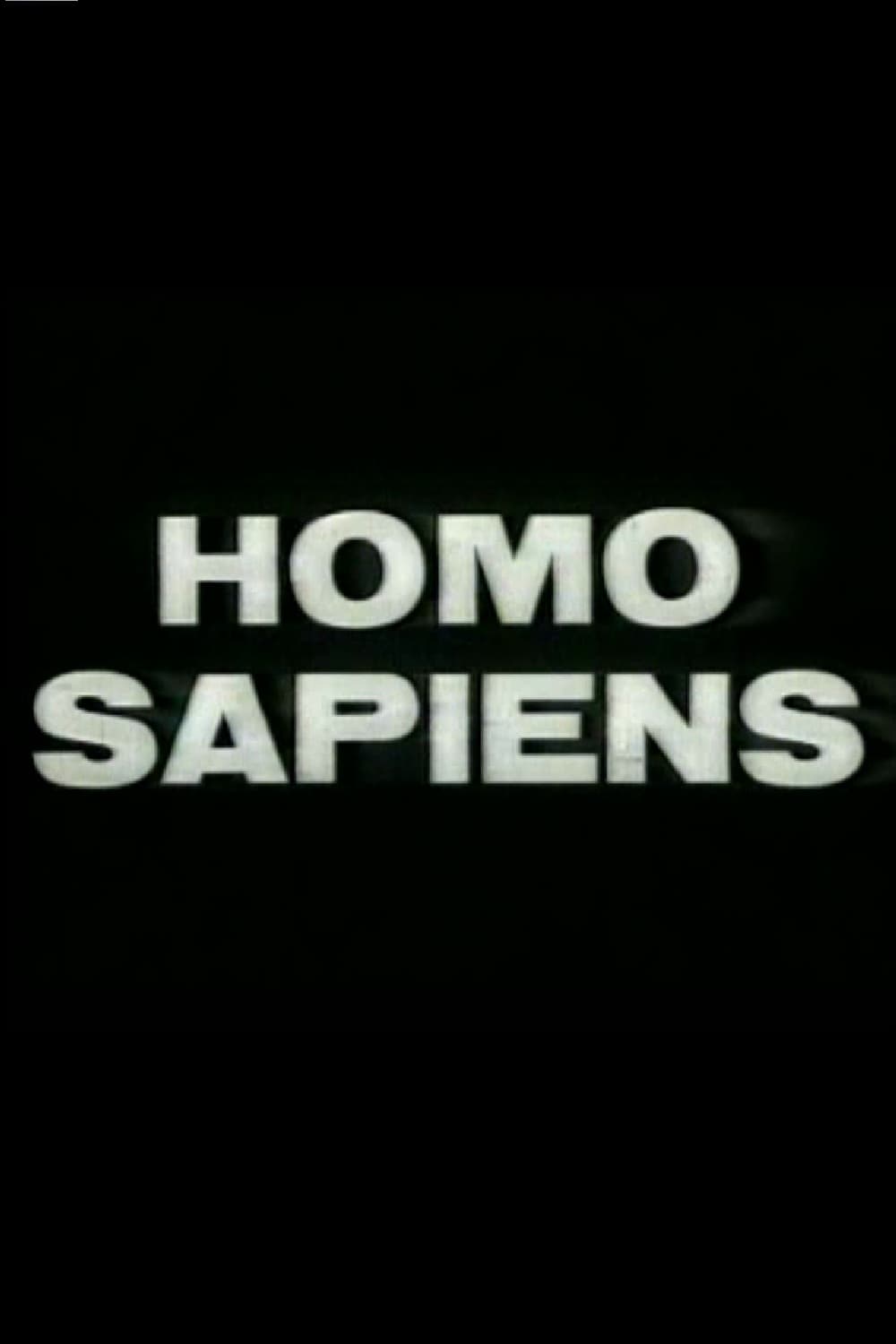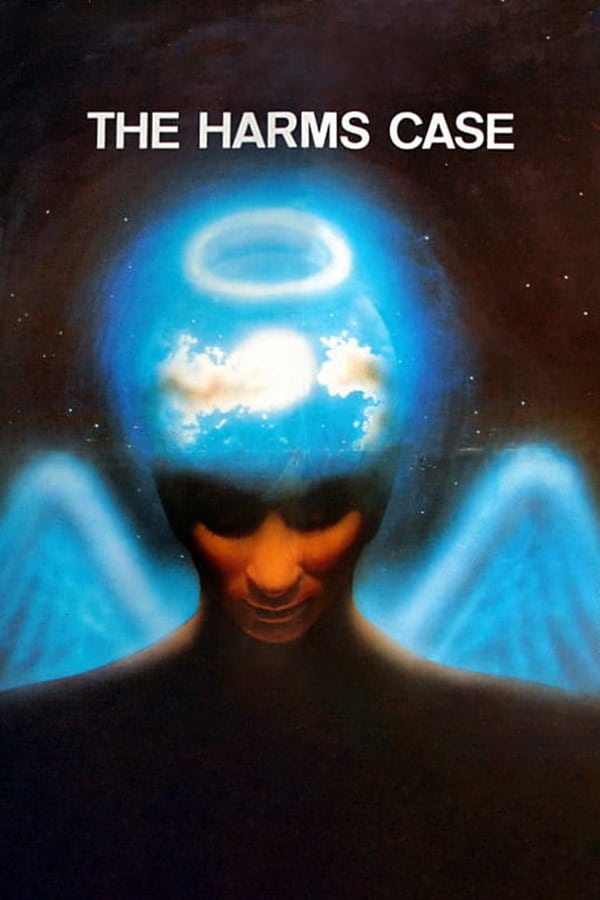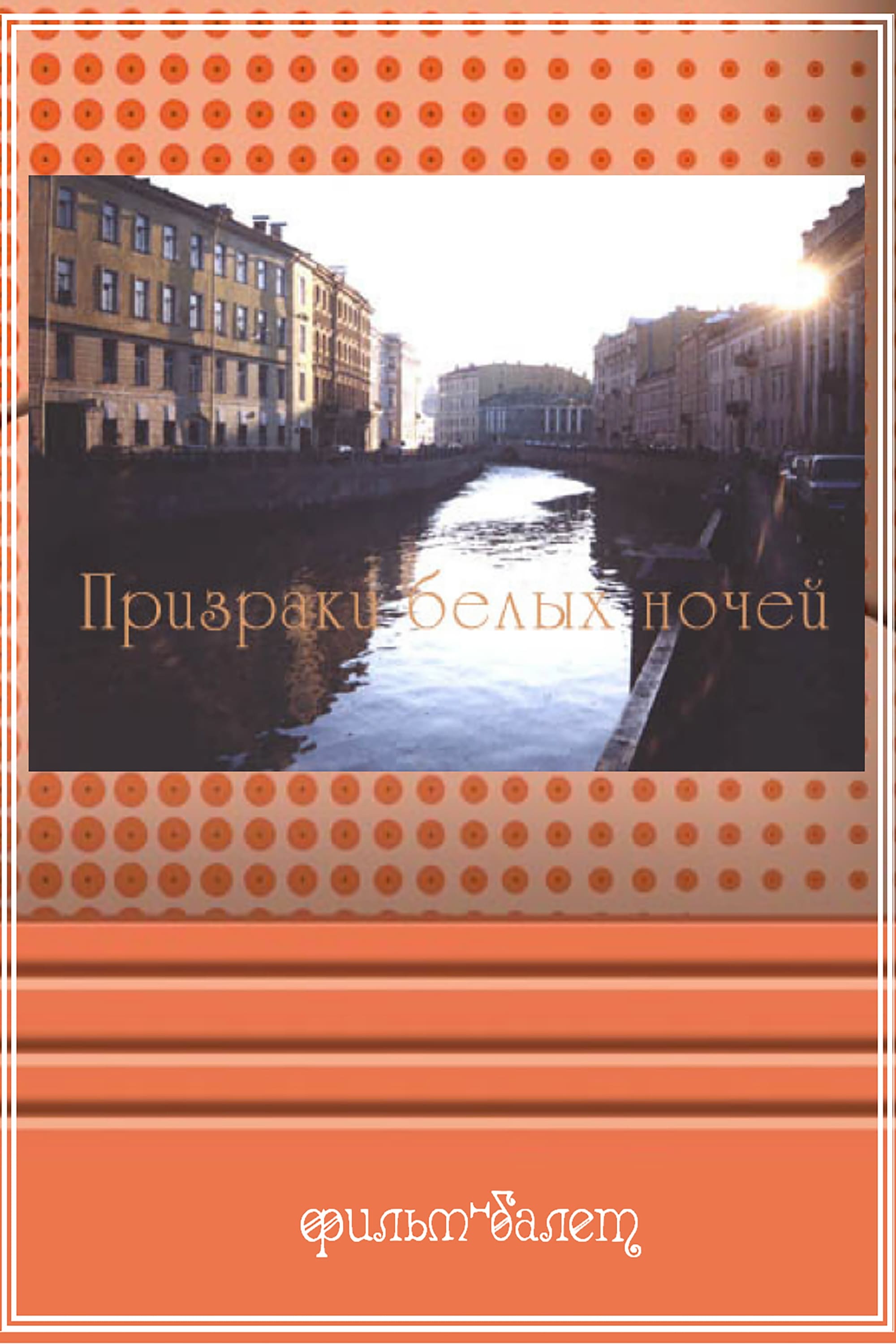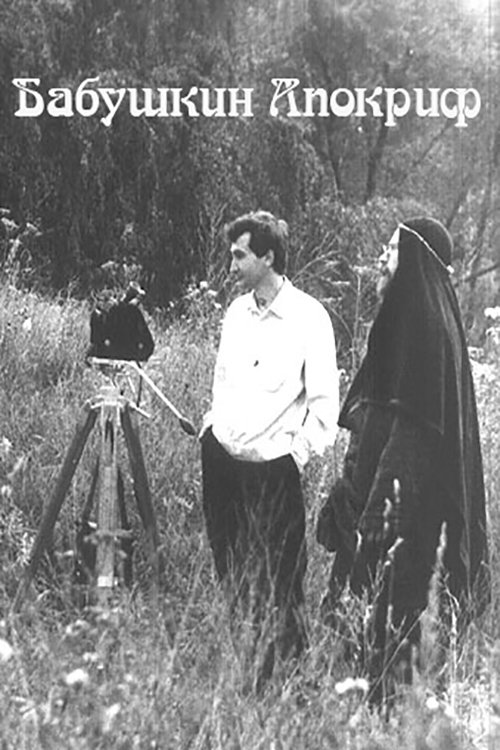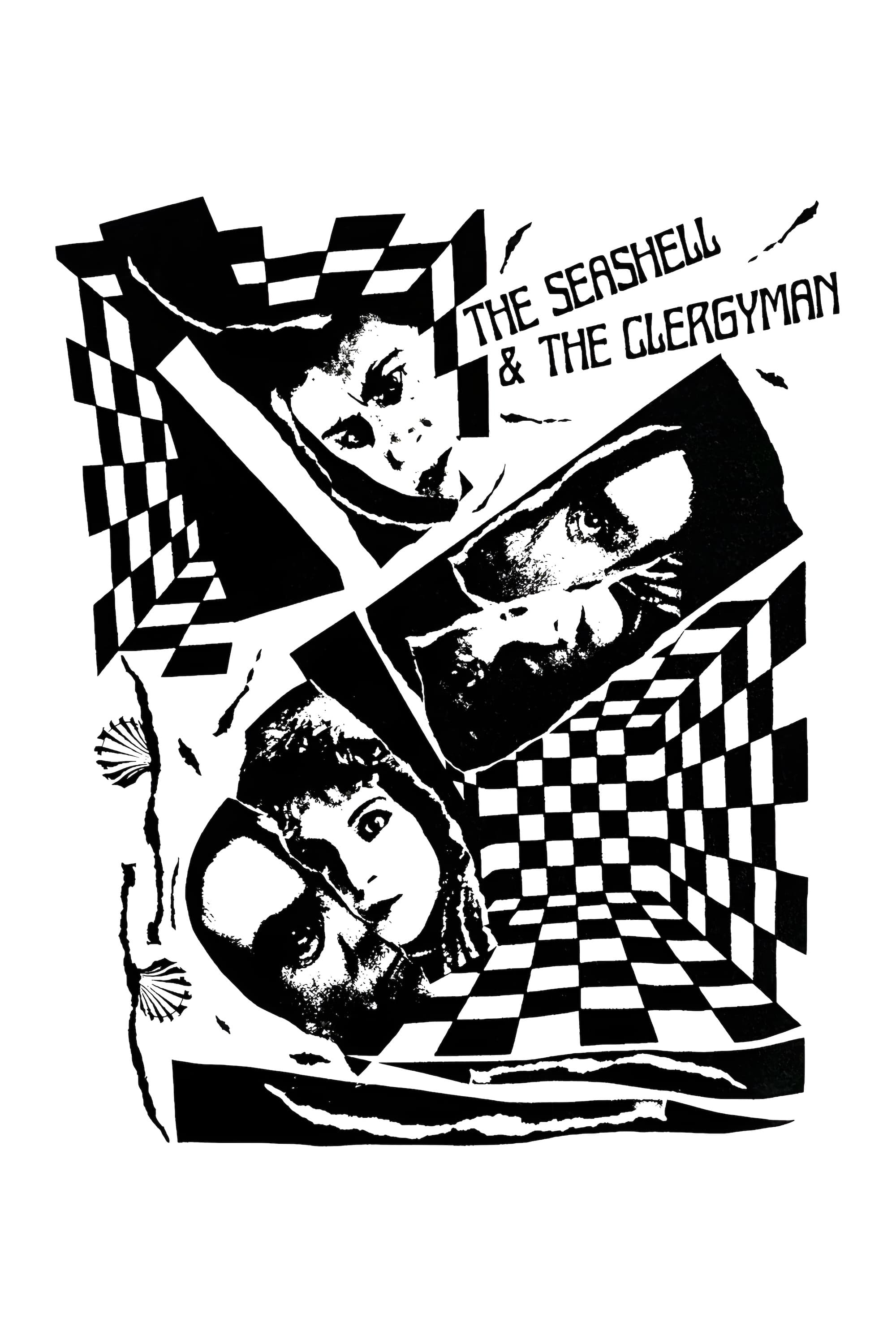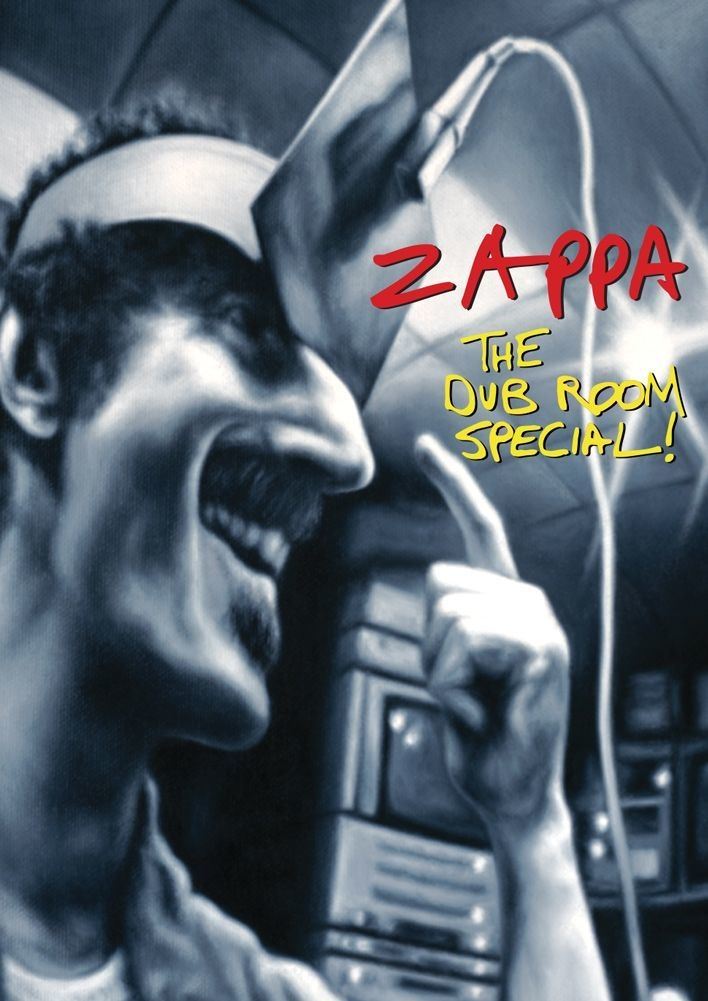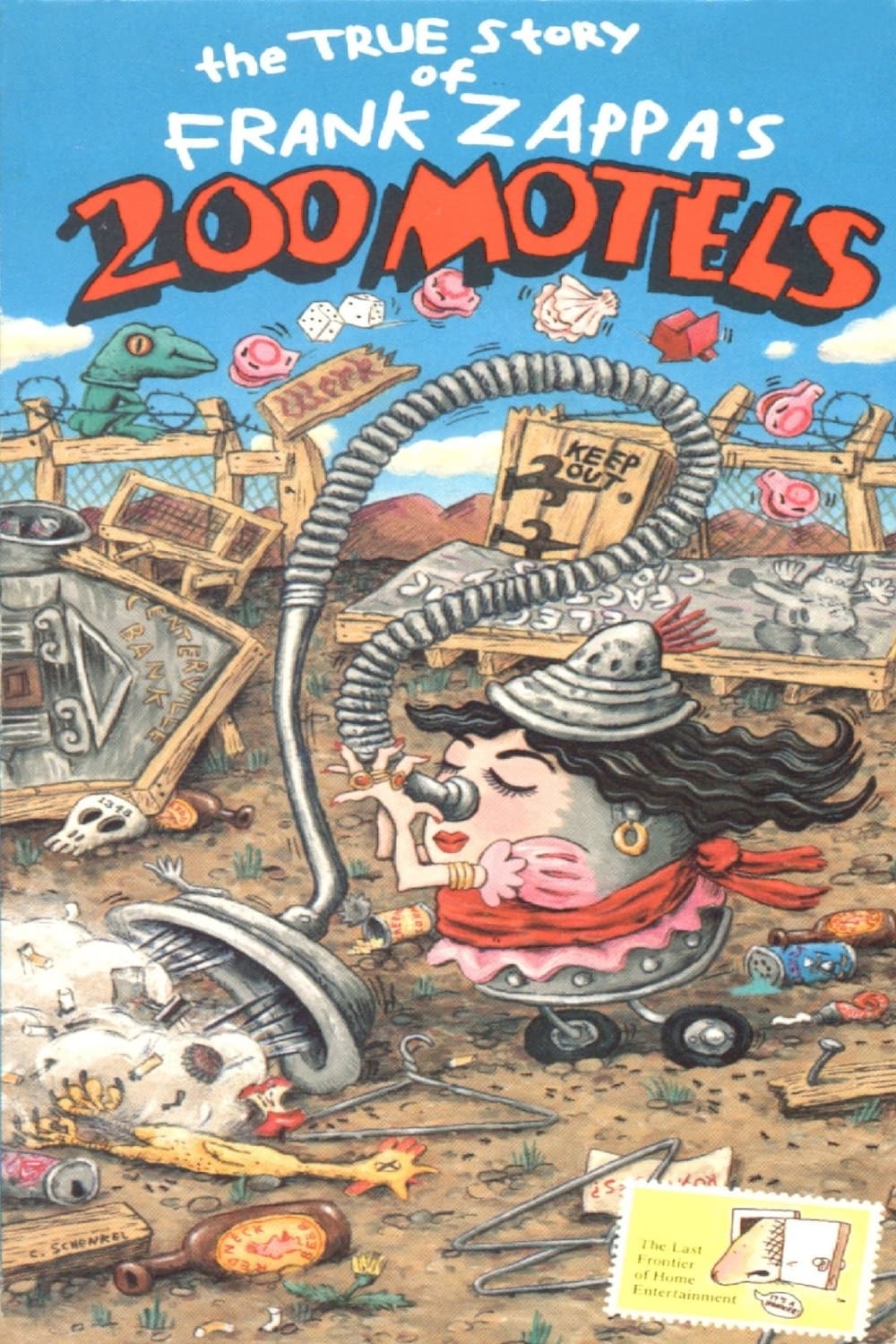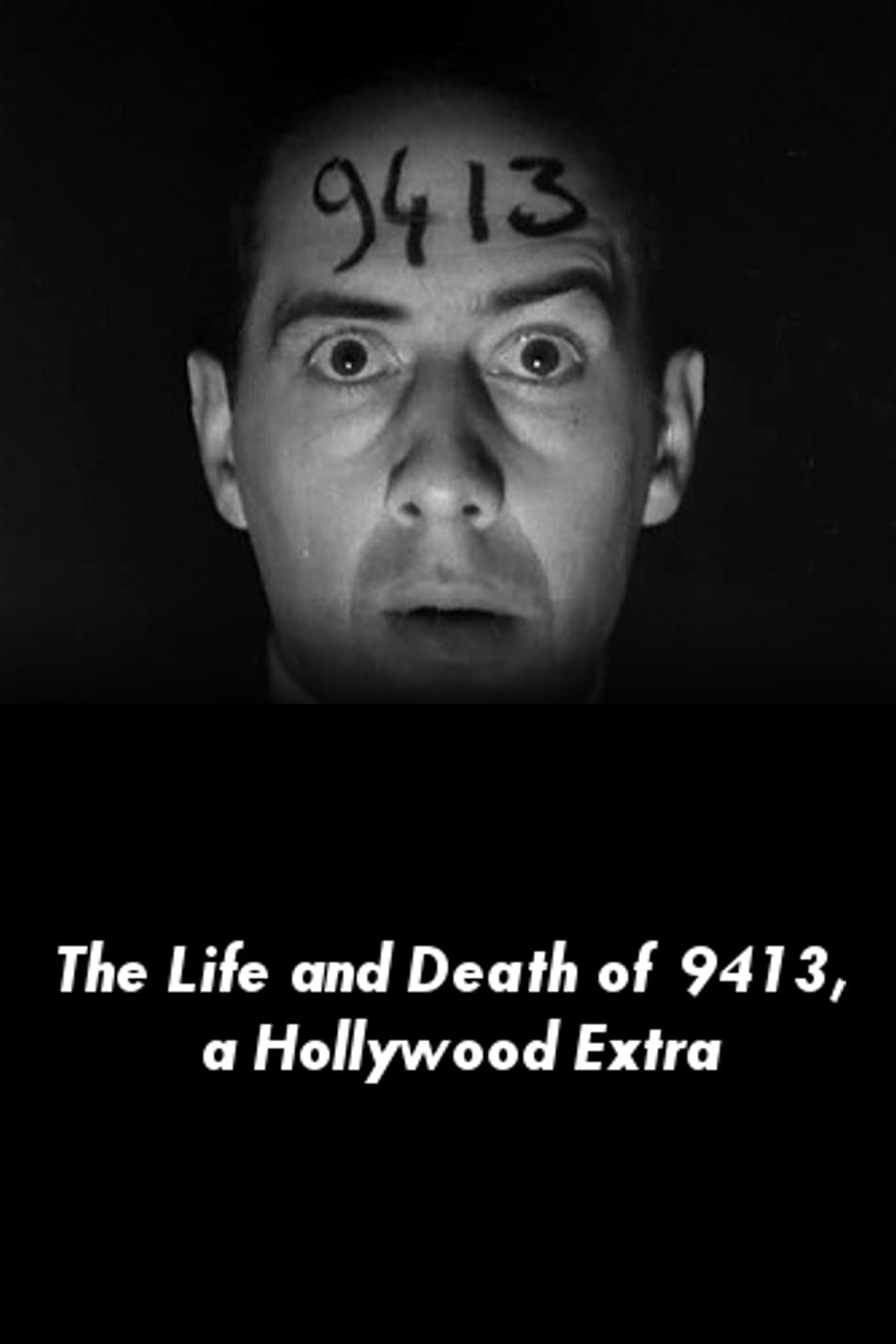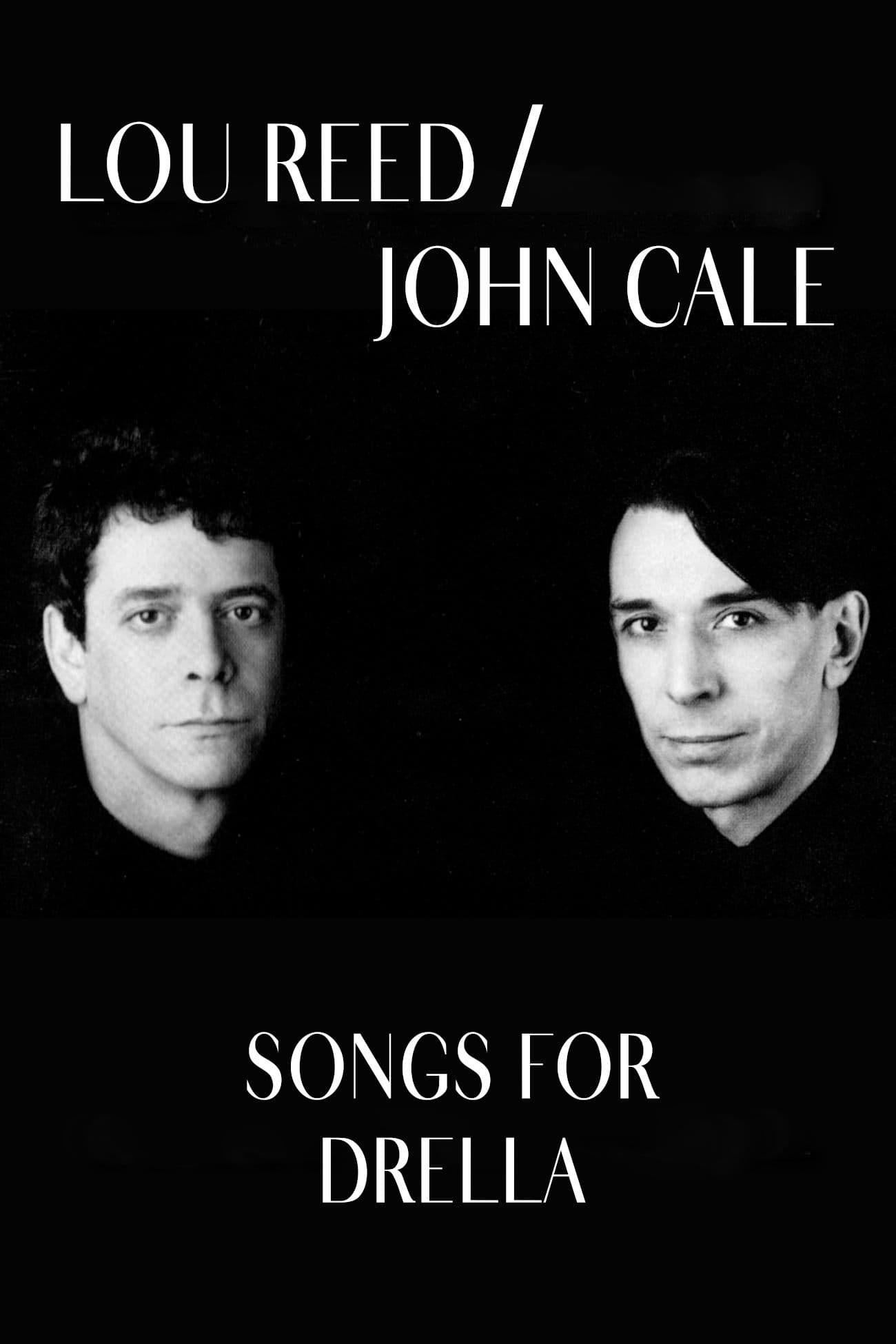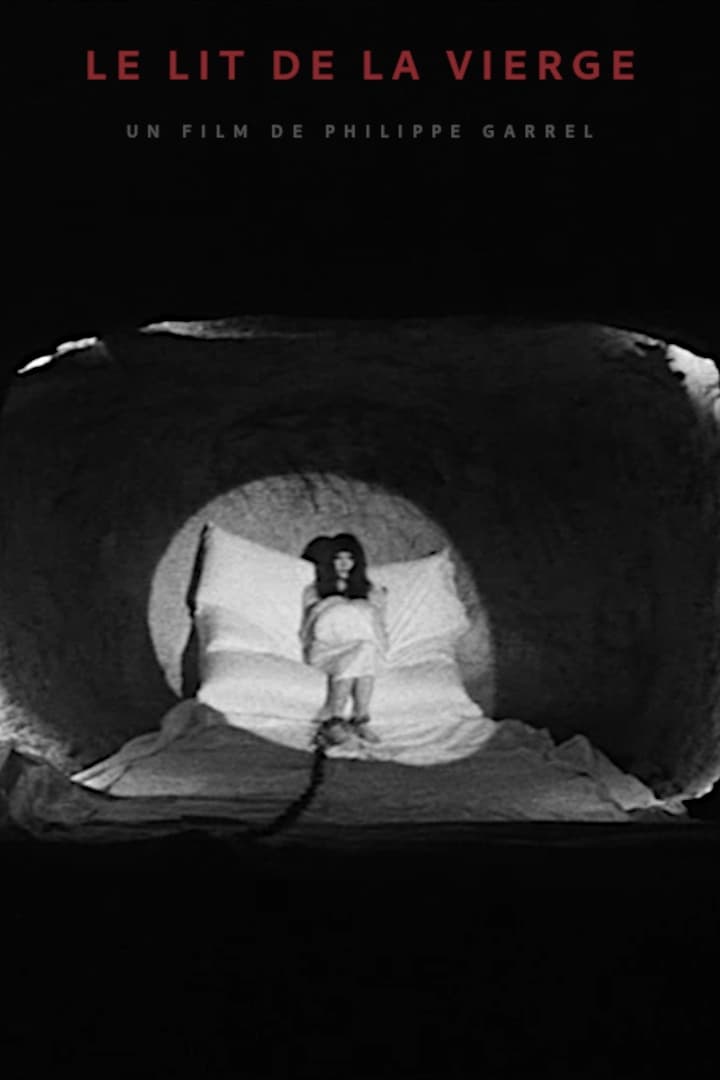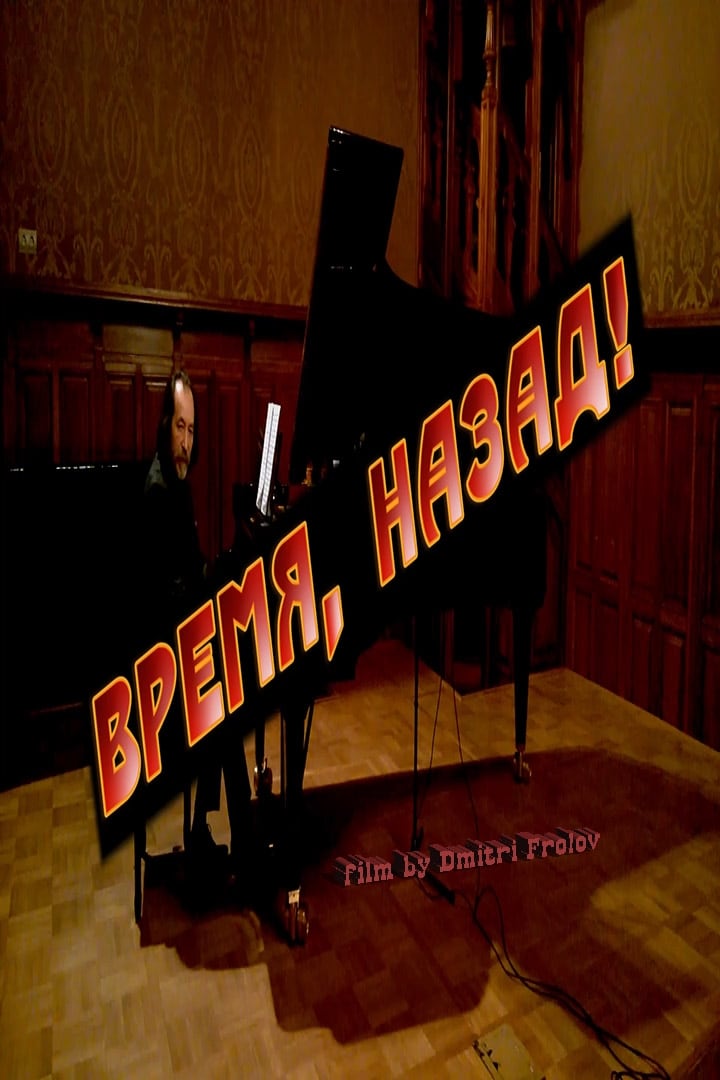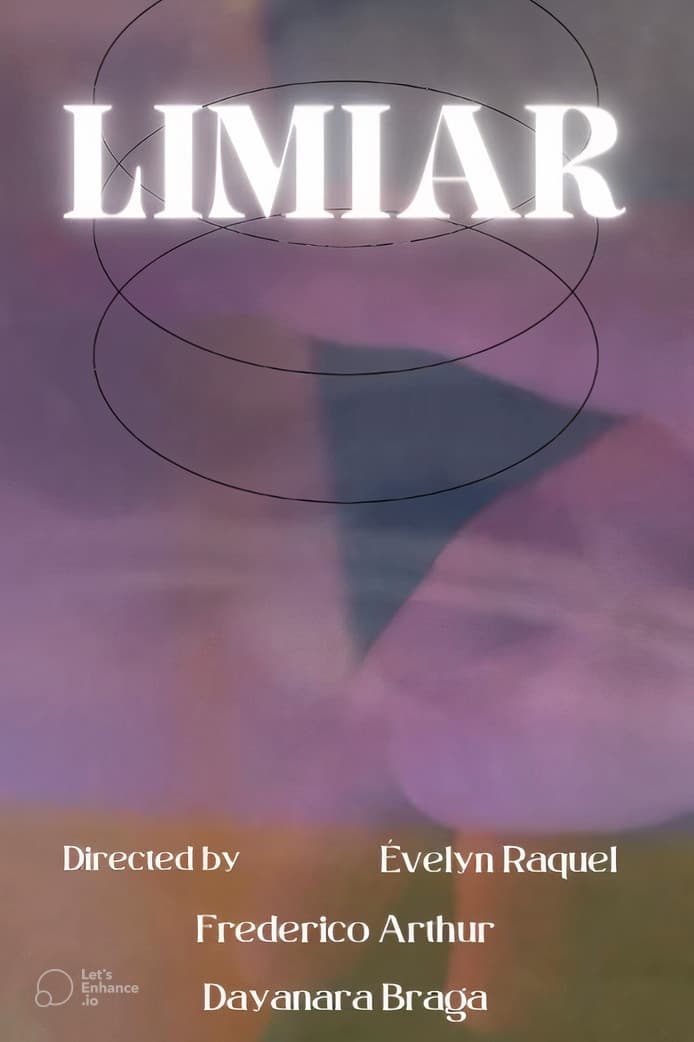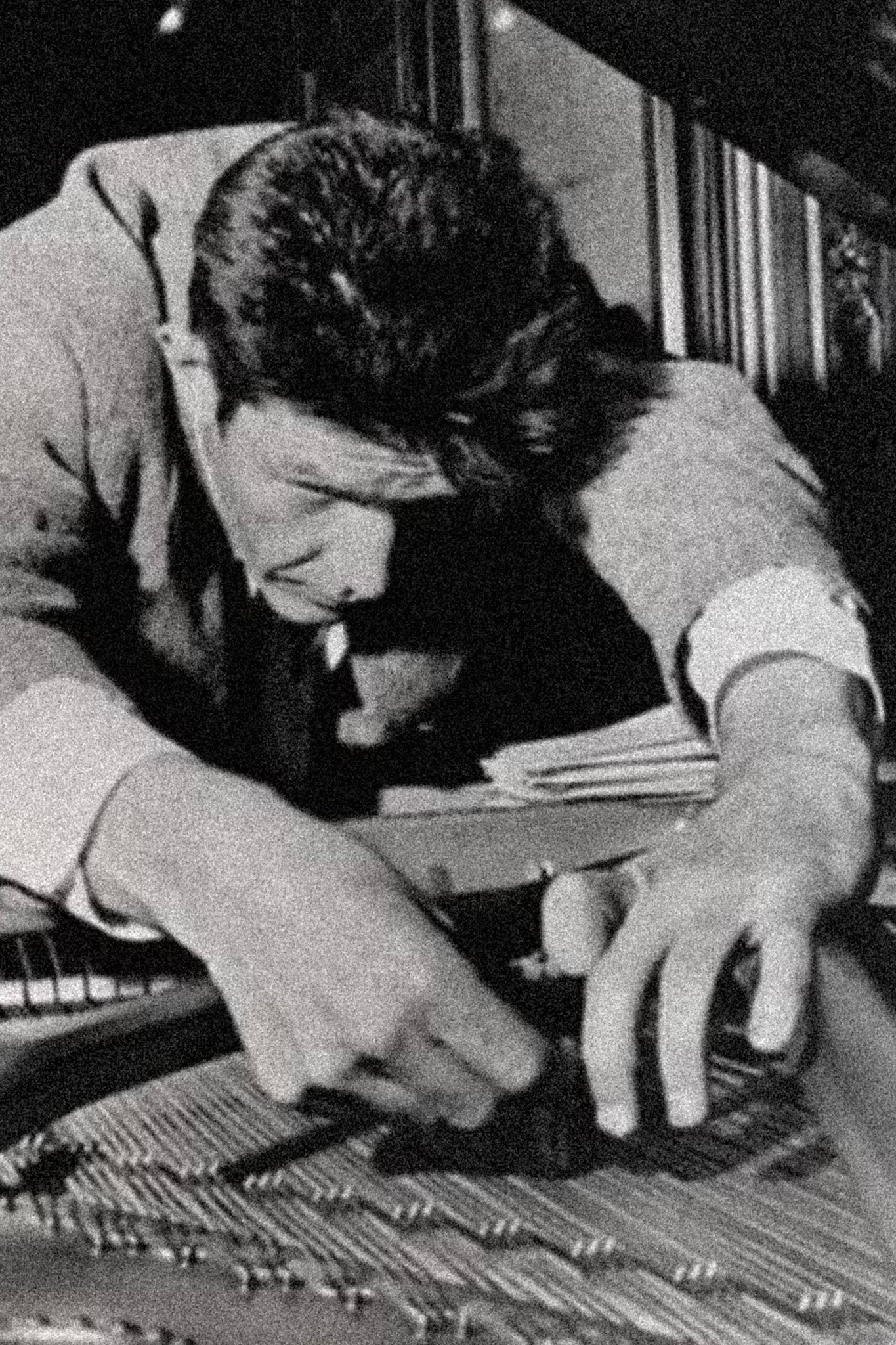
One11 and 103 (1993)
Overview
One11 is a 1993 monochrome art film by John Cage and Henning Lohner. It is the only feature-length film production Cage was ever involved in.
TOP CAST
Similar Movies
Plague Mass
"Heart-wrenching cry about the physical suffering caused by the AIDS plague being compounded by the shameful arrogance of self-appointed moralists."
The death of the minotavr
The death of the minotavr talks about the concept of the heroine's journey. Suffering, horror and exhaustion lead the protagonist to a process of transformation, abyss and expiation, because only murdering to minotaur and everything he represents is possible to return to life. From the female gaze, it shows the depth of the emotional wounds caused by domestic violence; the same one that the surrealist Dora Maar lived and that ask why, as a society, instead of killing the minotaur, we blindly continue to send him women only to be devoured and ask them why they simply did not fight, why they did not try get out of the labyrinth.
R
In a surreal meeting filled with countless individuals from a variety of backgrounds, nine people recount how sex and sexuality have been used to exert control over their lives. Regardless of race, sexual orientation, nationality, social class, religion, or gender, all are equally shattered and all are equally victims. Those that recount their experiences show that the power / sex dynamic can come in many forms. Whether the power is taken away by physical or psychological means, and regardless of whether it is perpetrated by an individual, institution, or society, the results are equally devastating.
Non Plus One
A young writer struggling to create a good story meets a cute waitress and imagination and fantasy blossom.
The Films of Kenneth Anger: Volume One
Covering the first half of Anger's career, from his landmark debut FIREWORKS in 1947 to his epic bacchanalia INAGURATION OF THE PLEASURE DOME, Fantoma is very proud to present the long-awaited first volume of films by this revolutionary and groundbreaking maverick, painstakingly restored and presented on DVD for the first time. Contains the films: Fireworks (1947) Puce Moment (1949) Rabbit's Moon (1950, the rarely seen original 16 minute version) Eaux d'Artifice (1953) Inauguration of the Pleasure Dome (1954)
The Films of Kenneth Anger: Volume Two
Covering the second half of Anger's career, from his legendary SCORPIO RISING to his breathtaking phantasmagoria LUCIFER RISING, Fantoma is very proud to complete the cycle with this long-awaited final volume of films by this revolutionary and groundbreaking maverick, painstakingly restored and presented on DVD for the first time anywhere in the world. Contains the films: Scorpio Rising (1964) Kustom Kar Kommandos (1965) Invocation of My Demon Brother (1969) Rabbit's Moon (1979 version) Lucifer Rising (1981)
Homo sapiens
The first film in Vlatko Gilić’s Sisyphean trilogy, Homo sapiens follows a suited man as he takes a trek back and forth across a sandy desert to fill an oversized barrel using a woefully small tub of water. Shot in stark black and white and edited to achieve a dreamlike quality, the man’s devotion to this task is tested and taunted by a young couple that frolics around the barrel.
The Harms Case
Based upon the life and writing of literary visionary Danil Harms, a Russian avant-garde poet of the 1920s who was persecuted and ultimately silenced by the Soviet authorities.
Phantoms of White Nights
Black people, red dwarfs, idols on bronze steeds, shadow of geniuses and heroes. This is not story about Hades from an ancient history textbook. This is Sankt-Petersburg In mystical literary tradition such as he is. A pomposity, an open space and - deathness. There is no gleam in the sky, Neva looked like poured by a lead, a crude air presses and can not pass through lungs, which are already struck by bacillus Kochii, and there are around ominous frights, threatening to punish for an unknown offence. And even white nights are bad. It looks as if you can meet phantom of a Poet which was tortured at thirtieth years of any of the last centuries. Be careful with monuments. They fond of walk along town quays (as told us Poushkin - he brings luck!). And do not trust this Neva prospectus. City - phantom, evolved from a bog which is refuge of evil spirits. Brilliant St.-Petersburg.
The Granny's Apocrypha
Saw and imagined in the children's fantasy the story of grandmother of Christ and the Apostles a little girl. Today few people remember that just a few decades ago in the village houses next to the icons you could still see the popular prints on religious themes. They finally disappeared from use only in the 60-ies of the last century. Of course, their creators were not professional painters or connoisseurs of theology. Drew, as best they could, she felt, not knowing neither rules nor laws. Simple uneducated people, nuggets, sought to glorify God with their creativity, that resonates in the hearts of those of peasants or artisans as they are.
The Seashell and the Clergyman
Obsessed with a general's wife, a clergyman has strange visions of death and lust, struggling against his own eroticism.
souls in the square. days run away. eight tiers down the stairs. lips smashed against the rail.
Term of prayer? Nothing in response.
Frank Zappa: The Dub Room Special!
Produced by Frank Zappa in 1982, The Dub Room Special combines footage from a performance at the KCET studios in Los Angeles on August 27, 1974, a concert performed at The Palladium, NYC on October 31, 1981, some clay animation by Bruce Bickford, and several interviews. Previously only available through mail-order, it was made widely available on DVD on October 17, 2005.
The True Story of Frank Zappa's 200 Motels
A one-hour documentary on the making of Frank Zappa's bizarre 1971 comic musical. Vintage private footage from Frank's personal archives plus behind-the-scenes of the actual shooting and recording. With Ringo Starr, Theodore Bikel, Keith Moon and such songs as "Sleeping in a Jar," and "Strictly Genteel." The inside history of the first feature-length film to be shot on video in 6 days.
The Life and Death of 9413, a Hollywood Extra
This short experimental film tells the story of a man who comes to Hollywood to become a star, only to fail and be dehumanized. He is identified by the number 9413 written on his forehead.
Songs for Drella
Songs for Drella is a concept album by Lou Reed and John Cale, both formerly of The Velvet Underground, and is dedicated to the memory of Andy Warhol, their mentor, who had died unexpectedly in 1987. Drella was a nickname for Warhol coined by Warhol Superstar Ondine, a contraction of Dracula and Cinderella, used by Warhol's crowd. The song cycle focuses on Warhol's interpersonal relations and experiences, with songs falling roughly into three categories: Warhol's first-person perspective (which makes up the vast majority of the album), third-person narratives chronicling events and affairs, and first-person commentaries on Warhol by Reed and Cale themselves. The songs on the album are, to some extent, in chronological order.
The Virgin's Bed
30 year old child enters the new city, riding on a donkey. He says he is the Savior. He has spent no time among men. He is trembling with cold. His clothes are soaked. His mother was overprotective ; his father conspicuously absent. He knows that he must face the mockery, refusal, ignorance and blindness of the men around him. They travel in gangs, in large numbers : soldiers, mercenaries or the like, on majestic, imposing horses. Everything is out of proportion to his thin, bewildered, innocent body ; he is the madman of the new city...
Time, Ago!
"Time, forward!" - two orchestral suites by George Sviridov, published for the first time in 1968 (first suite) and in 1977 (second suite). The suites were created on the basis of music for the film "Time, Forward!" By Mikhail Schweitzer (based on the novel of the same name by Valentin Kataev, shot in 1965, released in 1966), dedicated to the construction of the Magnitogorsk Metallurgical Combine. From the first suite, the most famous part is "Time, forward!". Subsequently, it was used in a number of films, in television and radio programs, documentary films about the first five-year plans, industrialization, and post-war reconstruction. Sergei Oskolkov composed his suite: "Time, back!" The film is dedicated to the 100th anniversary of the revolution in Russia.
